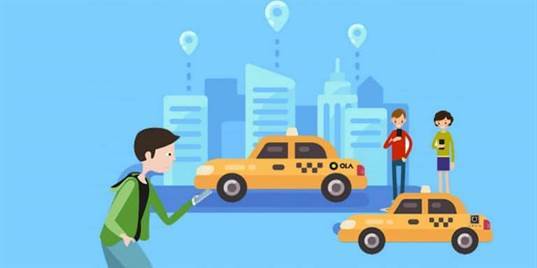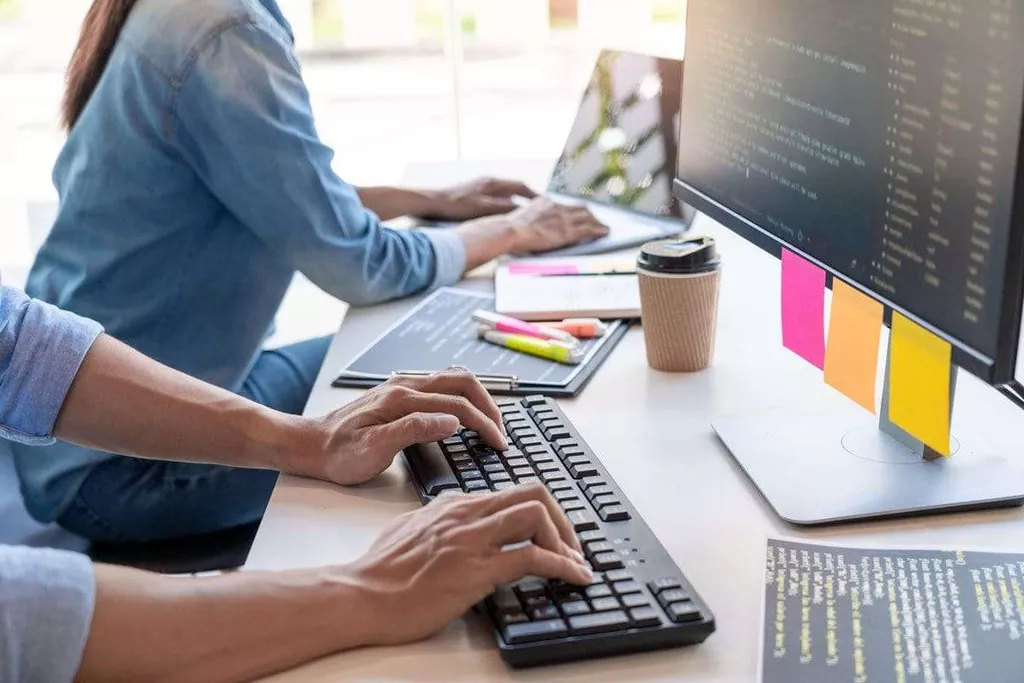Software development
What Is Blockchain: Components, Platforms & Use Cases
When new data is added to the network, the majority of nodes must verify and confirm the legitimacy of the new data based on permissions or economic incentives, also known as consensus mechanisms. When a consensus is reached, a new block is created and attached to the chain. As the top-ranked blockchain services provider, IBM Blockchain Services has the expertise to help you build powerful solutions, based on the best technology. More than 1,600 blockchain experts use insights from 100+ live networks to help you build and grow. The technology at the heart of bitcoin and other virtual currencies, blockchain is an open, distributed ledger that can record transactions between two parties efficiently and in a verifiable and permanent way. Governments have mixed policies on the legality of their citizens or banks owning cryptocurrencies.
- For example, on Bitcoin’s blockchain, if you initiate a transaction using your cryptocurrency wallet—the application that provides an interface for the blockchain—it starts a sequence of events.
- By operating its blockchain, the company could not only earn fees but also potentially generate a substantial revenue stream from applications developed on this platform.
- There are private enterprise blockchains where every user is known and has specific permissions, but public blockchains are an entirely different beast.
- The platform is focused on digital assets management and was built with mechanisms that ensure community governance and participation, which are the key components of Web 3.0.
- The block size debate has been and continues to be one of the most pressing issues for the scalability of blockchains going forward.
- It’s possible for multiple blocks to be created at once, but eventually the network will end up building more blocks on top of one than the other, making that block part of the official chain.
AWS has cloud networking services for load balancing, traffic routing, content delivery and more. The community is now working on a sharding mechanism that will expand the capacity to store data, scale throughout and cut network https://www.globalcloudteam.com/ fees. It is expected to begin rolling out in phases in 2023 and to be fully supported in 2024. New research, writing, and videos from Catalini and other MIT Sloan faculty members is available at blockchain.mit.edu.
What Is a Miner in Blockchain?
The open-source technology’s web page for developers offers a list of tutorials helpful for learning Web3 tools, including blockchain and smart contracts. Smart Chain, an arm of Binance, which also maintains a cryptocurrency and a crypto trading platform. The website says the platform is suitable for building game and decentralized finance apps, and offers tutorials for developers new to blockchain. Many blockchain platforms are the products of and supported by nonprofit foundations, as is the case with a variety of cryptocurrencies, among them Ethereum, Tron, Ripple, Stellar, Solana and Polkadot.
Smart contract functionality makes Corda platform applicable for development of state-of-the-art commercial, enterprise-grade DApps for any business problem, challenge or opportunity. Blockchain systems provide the high level of security and trust that modern digital transactions require. There is always a fear that someone will manipulate underlying software to generate fake money for themselves. But blockchain uses the three principles of cryptography, decentralization, and consensus to create a highly secure underlying software system that is nearly impossible to tamper with.
What is a blockchain?
For example, tracking a product as it passes through the supply chain from factory floor to retail shelf. Nonfungible tokens are minted on smart-contract blockchains such as Ethereum or Solana. NFTs represent unique assets that can’t be replicated—that’s the nonfungible part—and can’t be exchanged on a one-to-one basis. These assets include anything from a Picasso painting to a digital lolcat meme.
“China selects pilot zones, application areas for blockchain project”. In 2021, a study by Cambridge University determined that Bitcoin (at 121 terawatt-hours per year) used more electricity than Argentina and the Netherlands . According to Digiconomist, one bitcoin transaction required 708 kilowatt-hours of electrical energy, the amount an average U.S. household consumed in 24 days.
How Does Blockchain Work?
Because there is no way to change a block, the only trust needed is at the point where a user or program enters data. This aspect reduces the need for trusted third parties, which are usually auditors or other humans that add costs and make mistakes. Staked ether is a token that attempts to represent an equal amount of staked ether using the Lido DAO smart contract platform.
New data blocks don’t overwrite old ones; they are appended together so that any changes can be monitored. And since all transactions are encrypted, records are immutable—so any changes to the ledger can be recognized by the network and rejected. Precious commodities mining — Blockchain technology has been used for tracking the origins of gemstones and other precious commodities. In 2016, The Wall Street Journal reported that the blockchain technology company Everledger was partnering with IBM’s blockchain-based tracking service to trace the origin of diamonds to ensure that they were ethically mined. As of 2019, the Diamond Trading Company has been involved in building a diamond trading supply chain product called Tracr. Although most of blockchain implementation are decentralized and distributed, Oracle launched a centralized blockchain table feature in Oracle 21c database.
What is Hyperledger?
A key feature of smart contracts is that they do not need a trusted third party to act as an intermediary between contracting entities — the blockchain network executes the contract on its own. This may reduce friction between entities when transferring value and could subsequently open the door to a higher level of transaction automation. An IMF staff discussion from 2018 reported that smart contracts based on blockchain technology might reduce moral hazards and optimize the use of contracts in general. But “no viable smart contract systems have yet emerged.” Due to the lack of widespread use, their legal status was unclear.
Such systems could help citizens vote, pay taxes and perform other government-related transactions with increased privacy and security. Let’s dive a bit deeper into this groundbreaking technology to make sure we have blockchain explained fully, leaving no gray areas. Having been on the market for a while already, blockchain proved to be a disruptive technology that could benefit multiple industries. Yet, despite being a hot topic, some people are still not sure what blockchain is.
MIT Initiative on the Digital Economy
A private key is like a password that gives its owner access to their digital assets or the means to otherwise interact with the various capabilities that blockchains now support. Data stored on the blockchain is generally considered incorruptible. A public blockchain, also known as an open or permissionless blockchain, top blockchain platforms is one where anybody can join the network freely and establish a node. Because of their open nature, these blockchains must be secured with cryptography and a consensus system like proof of work . A private or permissioned blockchain, on the other hand, requires each node to be approved before joining.
Scholars in business and management have started studying the role of blockchains to support collaboration. It has been argued that blockchains can foster both cooperation (i.e., prevention of opportunistic behavior) and coordination (i.e., communication and information sharing). Thanks to reliability, transparency, traceability of records, and information immutability, blockchains facilitate collaboration in a way that differs both from the traditional use of contracts and from relational norms. Contrary to contracts, blockchains do not directly rely on the legal system to enforce agreements.
Popular Use Cases for the Best Blockchain Platforms
It could also be programmed to change the code if rent wasn’t paid or other conditions were met. Using cryptocurrency wallets for savings accounts or as a means of payment is especially profound for those without state identification. Some countries may be war-torn or have governments lacking any real identification infrastructure. Citizens of such countries may not have access to savings or brokerage accounts—and, therefore, no way to safely store wealth. Even if you make your deposit during business hours, the transaction can still take one to three days to verify due to the sheer volume of transactions that banks need to settle.




